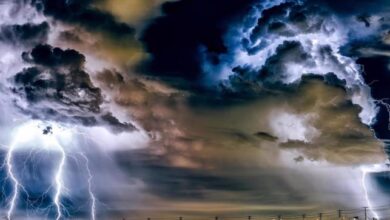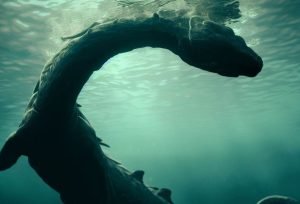How Space Dust Could Reveal Extraterrestrial Life

 One of the biggest questions in science and philosophy is whether we are alone in the universe. Are there other planets that harbor life forms similar or different from us? How can we detect them and communicate with them?
One of the biggest questions in science and philosophy is whether we are alone in the universe. Are there other planets that harbor life forms similar or different from us? How can we detect them and communicate with them?
These are some of the challenges that astrobiologists face as they search for signs of extraterrestrial life.
Traditionally, there have been two main approaches to look for alien life: searching for signals from intelligent civilizations, such as radio waves or laser beams; and searching for biosignatures, such as oxygen or methane, in the atmospheres of exoplanets.
However, both methods have their limitations and uncertainties. Signals could be rare, faint, or ambiguous; and biosignatures could have non-biological explanations or be obscured by clouds or dust, reports theregister.com.
But what if there was another way to find evidence of alien life? What if we could examine tiny pieces of rock that came from other worlds and contained traces of biological activity?
This is the idea proposed by Professor Tomonori Totani from the University of Tokyo in a recent paper published in the International Journal of Astrobiology.
Totani suggests that space dust and debris from other planets could carry signs of life across interstellar distances. He argues that when a large asteroid impacts a planet with life, it could eject some material into space with enough speed to escape its host star’s gravity.
Some of this material could be small enough (around one micrometer) to host microorganisms or fossils, but large enough to survive the harsh conditions of space.
According to Totani’s calculations, up to 100,000 pieces of life-carrying dust particles could reach Earth every year. He estimates that about 10% of these particles would survive atmospheric entry and land on our planet’s surface. If we could collect and analyze these particles, we might find clues about alien life forms that existed millions or billions of years ago on distant worlds.
“Given there are many unknowns involved, this estimate could be too high or too low, but the means to explore it already exist so it seems like a worthwhile pursuit,” Totani said.
This idea is not entirely new. In fact, some scientists have suggested that life on Earth itself might have originated from space dust brought by comets or asteroids.
Moreover, we have already found meteorites from Mars on Earth that contain organic molecules and possible signs of ancient microbial activity. However, Totani’s proposal goes beyond our solar system and considers interstellar dust as a potential source of information about extraterrestrial life.
Of course, there are many challenges and uncertainties involved in this approach. For one thing, it would be very difficult to distinguish between terrestrial and extraterrestrial dust particles without sophisticated instruments and techniques.
“Extrasolar particles scattered by giant planets and then bound to the Solar System may be difficult to distinguish from particles ejected from Earth, even if they contain biosignatures,” Totani said in the paper. “Searching for particles with origins outside the solar system is like looking for grains of sand that have fallen into the desert,” he added.
For another thing, it would be hard to confirm whether any biological signatures found on these particles are genuine or contaminated by earthly microbes or chemicals. Furthermore, it would be impossible to know where exactly these particles came from or how old they are without more information about their origin and trajectory.
Nevertheless, Totani believes that his idea is worth exploring further as a complementary method to existing ones. He hopes that his paper will stimulate more research and discussion on this topic among astrobiologists and astronomers.
He also thinks that his idea could inspire future missions to collect interstellar dust samples for analysis.
Totani said: “If there are signs of life in dust grains, not only could we be certain, but we could also find out soon.”
Greetings, explorer! We thank our supporters from the bottom of our hearts for their generous donations that keep anomalien.com alive. If you’d like to join the cause and help us continue to deliver amazing articles, please consider making a donation. Let’s keep the 👽 smiling!Follow us on Instagram, Twitter and Telegram for interesting and mysterious bonus content!




